Today is all about the stories that fill up our organisations. The one’s that tell you what you are up against, how impossible the task in hand is, what happened in 1995 and the time when Sandra in Accounts cried.
So, what do we know? Our organisations, hell our people, tell stories with varying degrees of truth and realness. The hardest thing is challenging a compelling story, or a narrative that has everyone nodding. Because what happens if Dave was actually chased by a bear during the restructure *adds bears to risk log*.
What can we do about it? Tell them back. Stories communicate facts, but maybe more importantly, they convey emotions. And that’s the crux of it when it comes to storytelling and change. Because no one ever changed for a strategy poster on the back of a loo, did they?
Now you can tell real stories, that change the narrative, these are often good news stories that are shared peer to peer, but you can support that propagation by amplifying the reach of these stories (newsletters, team meetings etc. create a platform). Or you can story board what you have and what you know, to tell the story of your change. Here are some quick tips
- Beginning middle and end, naturally
- Ensure events are in the correct order so it’s easier for people to remember
- Create believable characters – use real people and names where you can
- If you can, relate the point of the story directly back to the issue on the table – and how the story helps find a solution
- Keep your story short, but don’t leave out the important bits
- It doesn’t have to be 100% true, but don’t blinking lie
Better change?
Of course. To change the narrative, change the stories. The organisational stories, the team stories, the individual stories. Better stories, better change.
Story telling is smashing and Jan, who is a stellar Everyday Changer is the best at it, so if you want some help, guidance or a practice run before you hit the stage (they’re behind you). Get in touch.
